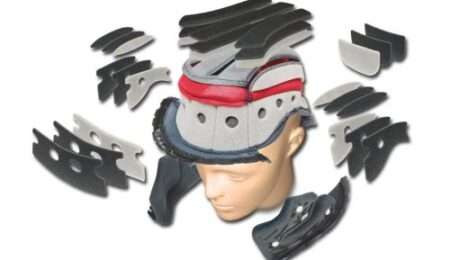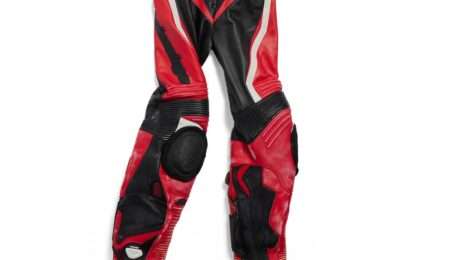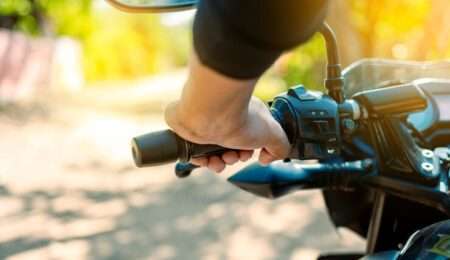Tips & Tricks To ride Safely In Windy Conditions
Wind Signs
In areas where wind is frequent, signs indicate crosswind at a distance of approximately 150 meters in the countryside and 50 meters in built-up areas. Wind socks complete the system to indicate the intensity of the crosswind.
Planning ahead is the key
The best thing to do is to know what to expect: check the weather forecast before an important trip and don’t hesitate to postpone it if you feel that the conditions are going to be dangerous. If this is impossible, then you will have to prepare yourself.
First of all, the outfit: warm and well-fitted clothes (no baggy clothes, no jacket that is too short and that clears your lower back), this is essential. Do not neglect the effects of the wind on the cooling of the body and the accentuation of fatigue. Also, be sure to wear earplugs because the wind will make your helmet louder than usual. Since we are talking about helmets, we should also pay attention to our vision. Protecting your eyes from dust is essential.
Avoid anything that catches the wind
Then there’s the question of the bike. If you have several bikes in the garage, take the one with the lowest center of gravity and the least wind resistance. Top case, side cases, apron, big bubbles or adaptable bubbles on the handlebars are all sources of aerodynamic disturbances. Therefore, if you don’t really need them, it may be wise to remove them.
Reading the landscape

The mischief of the wind lies in its gusts: it is not a linear phenomenon and the jerks of the air masses can represent 40% of additional force. Therefore, it is necessary to understand your environment in order to anticipate as well as possible the changes in wind strength, which can give the impression of destabilizing you.
Thus, it is preferable to understand what will shake you up: a crossed truck, which will cause a huge airstream. A hole in the vegetation, in a forest, a wasteland after a building, a large embankment, a bridge that will temporarily protect you before sending you back all the more brutally into the turmoil. Therefore, always with the same logic of anticipating the movements of the motorcycle, it is preferable to ride in the middle of the lane, which allows the motorcycle to deviate with fewer consequences. Of course, you should also think about reducing your speed, even more so if the road is wet.
During high winds, it is possible to find branches, objects or even trees on the road. It is even more important to adapt your speed in order to stay in control of your motorcycle and to be able to brake in time, especially when approaching a blind curve, which may hide an obstacle in the middle of the road.
How do you fight it?
If your bike starts to move or tilt, you’ll have to get used to it. The most impressive case is a constant crosswind, which will force you to ride at an angle in a straight line. Without big gusts, it’s pretty easy.
You don’t have to hold on to your machine like a hanged man, so much so that your knuckles turn white. On the contrary: you hold it firmly with your knees, but your upper body is more flexible. It is even better to “compact” yourself a bit on the bike, to lower yourself and lean forward a bit to reduce the wind grip; the possible passenger will make sure to “stick” to you a bit, so as not to leave any wind grip between you two.
Elbows slightly bent, as in off-road, you let the bike oscillate a little, while holding it on the throttle and counter-steering if necessary. On the throttle, we say: the fact of sitting a little on the back will stabilize it, in particular when you anticipate gusts of wind (passing a heavy vehicle or other). In fact, instead of staying low on the last gear, you can downshift, take a little more turns and count on a more responsive machine.
Beware of fatigue
Finally, don’t underestimate the fatigue of riding in these conditions. Regular breaks and a warm diet are therefore necessary. Last but not least, be careful when riding on a circuit, the wind can blow you away or even “sweep” you off your feet when you take the maximum angle with small and very light machines on very thin tires.
More news about





